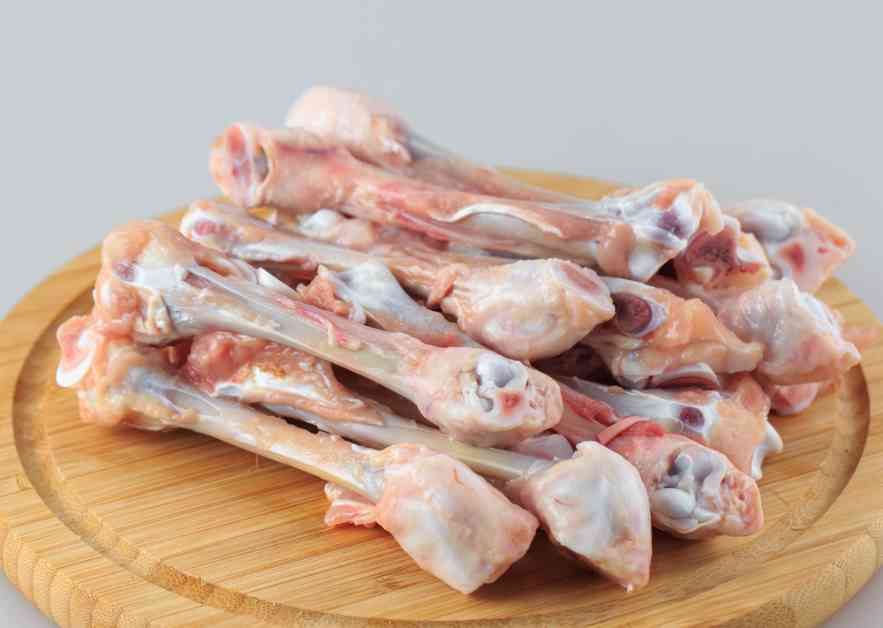Raw chicken bones have been a topic of debate among dog owners for years. The idea of giving your furry friend a bone to chew on seems natural, but the safety concerns surrounding it are significant. While cooked chicken is generally safer than raw chicken for dogs, the same cannot be said for the bones. The risk of splintering, breaking, and causing damage to the digestive tract is high with cooked chicken bones. On the other hand, raw chicken bones are more flexible and less likely to cause harm, but they come with their own set of concerns, primarily related to bacterial contamination.
Understanding the Risks and Benefits of Raw Chicken Bones
When it comes to feeding raw chicken bones to dogs, the potential dangers are not to be taken lightly. Cooked chicken bones can splinter, leading to choking hazards and internal injuries. Raw chicken, while less likely to cause damage, carries the risk of bacterial infections such as Salmonella and E. coli. Despite these risks, many dog owners swear by the benefits of feeding raw chicken bones to their pets.
Some of the potential benefits of raw chicken bones include:
Lean Protein: Chicken is a rich source of lean protein, which is essential for your dog’s overall health. Chicken necks and wings, in particular, offer a good balance of protein and other nutrients.
Cleaning Teeth: Raw chicken bones can help clean your dog’s teeth naturally, promoting better dental health and reducing the risk of gum disease.
Enrichment Through Food: Feeding raw chicken bones can provide mental stimulation and enrichment for your dog, mimicking their natural feeding habits in the wild.
While the benefits are appealing, it is essential to mitigate the risks associated with feeding raw chicken bones to your dog.
Reducing Risks and Ensuring Safety
To enjoy the benefits of raw chicken bones while minimizing the risks, there are several precautions dog owners can take:
• Use human-grade chicken to ensure top-quality meat for your dog.
• Choose bones that are longer than your dog’s head and with a diameter greater than their nose to avoid choking hazards.
• Freeze raw meat for at least three weeks to reduce the risk of bacterial contamination.
• Supervise your dog while they are eating bones to prevent choking or other accidents.
• Invest in dental chews, treats, and toys to keep your dog’s teeth clean and healthy.
In conclusion, raw chicken bones can provide several benefits for your dog, but it is essential to approach feeding them with caution. By following safety guidelines and ensuring the quality of the meat, you can offer your pet a natural and enriching treat without compromising their health. Remember, the well-being of your furry friend should always come first.





















